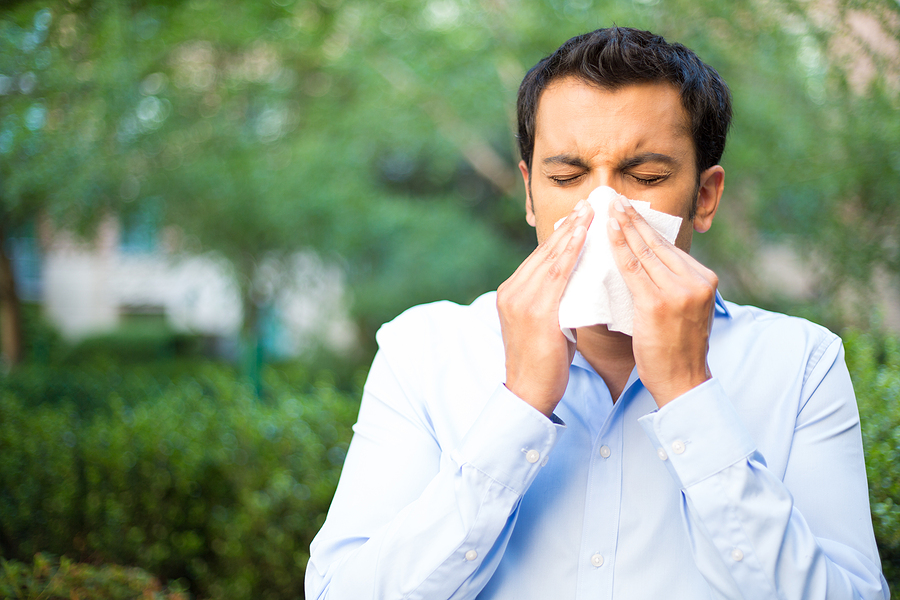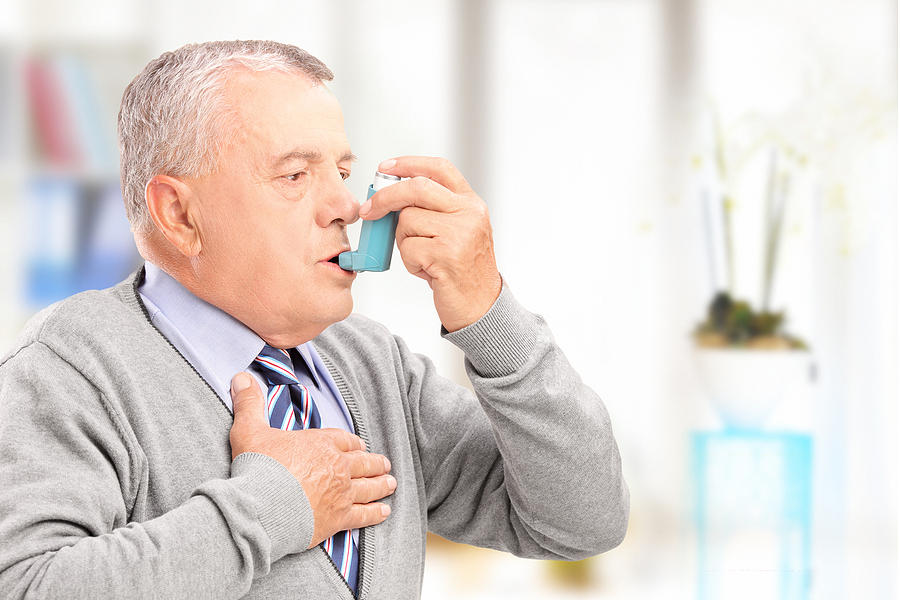Adult-Onset Allergies: Why They Happen & What You Can Do
Posted By:SSG Admin Posted On:14-Oct-2024
In 2015 and 2016, researchers in Chicago and Los Angeles surveyed more than 40,400 allergy sufferers. Of those people, 45.3% reported their food allergy appeared after the age of 18. Five food allergies were the most common:
- Shellfish
- Milk
- Wheat
- Tree Nuts
- Soy
That’s just food allergies. One-third of U.S. adults have some type of allergy, and over 25% are seasonal allergies. Not every adult develops allergies during childhood. Adult-onset allergies are increasing.
Why Are They Happening Now?
Why are allergies hitting adults who’ve never experienced them before? Family history plays a role in it. Allergic asthma often can be linked to family history.
There are also oral allergies that occur in adulthood. Often, they’re tied to other allergies, such as an allergy to birch pollen suddenly triggering allergies to related pollen. Birch pollen is similar to the pollen found in fruits like cherries and peaches.
Some patients who had COVID-19 went on to develop long COVID syndrome. There’s evidence that long-haul COVID increases allergies and inflammation in adults. Symptoms of long-haul COVID include:
- Coughing
- Fatigue
- Headaches
- Joint pain
- Shortness of breath
This is so common that 3 out of 4 people have at least one of these symptoms six months later. Some of the symptoms like coughing and shortness of breath may be tied to lung damage that causes scarring. It’s important to tell a doctor about your symptoms.
The changing environment also increases the risk of allergies. As temperatures increase, growing seasons lengthen. Rain and humidity make mold and mildew more likely to grow. Mold allergies are increasing. Between 1990 and 2018, mold concentrations increased by 21%.
Climate change also impacts the levels of carbon dioxide. Increased carbon dioxide levels increase the product of pollen and spores. Grass, oak, and ragweed levels are among the pollen that are higher than they used to be. Studies have found that ragweed pollen season in some areas starts up to 40 days earlier than it used to. It’s lasting almost 20 days later than in past decades.
What Are the Most Common Adult-Onset Allergies?
Food allergies are increasing and shellfish, milk, wheat, peanuts, tree nuts, and soy are the most common adult-onset food allergies. These allergies often involve swelling or tingling of the lips and tongue after eating the food item. In severe cases, it can cause the throat to swell and make it hard to breathe. Immediate medical care is important if there’s a severe food allergy. Avoiding that food is also important.
Seasonal allergies include reactions to common pollen like grasses, trees, and weeds. Symptoms include congestion, a runny nose, and sneezing. Each year, the Asthma and Allergy Foundation of America ranks the cities that pose the most challenging for people with allergies. How does California rank? San Diego ranks highest at 38th but Fresno comes in at 78th. It’s a tough environment for adults with allergies.
There are also allergies to things found inside your home. They include dust mites, mold spores, and pet dander. Those common symptoms include asthma, congestion, and skin allergies. Medications are another allergen. You might experience an allergic reaction to a medication you take. Penicillin is one of the most common allergies to medicines.
Allergic asthma is also something adults experience. Part of this is tied to the increase in thunderstorms. There’s a condition known as “thunderstorm asthma” that is tied to the winds that come with thunderstorms. Those winds blow around pollen and mold spores, which increases symptoms of asthma in susceptible individuals.
The Best Options for Treating Adult-Onset Allergies
How do you treat allergies that appear when you’re an adult? Start by figuring out what your triggers are and avoid them when possible. It can be hard to determine what they are, so you may need to go to a doctor for allergy tests.
When your allergies flare up, use over-the-counter antihistamines to control them. Decongestants can help with congestion. If you have chronic health conditions like high blood pressure, ask your doctor for recommendations on what is safe to use. You may need a prescription allergy medication if those don’t effectively ease your symptoms.
If you experience allergies within your home, such as pet dander or dust mite allergies, run air purifiers in your home to trap and remove those particles from your indoor air. Make sure you change or clean the filters as directed. If you have an indoor HVAC system, look into UV lighting to kill bacteria and viruses and help make the air cleaner.
One of the best ways to treat allergies is by working with an allergy specialist. Immunotherapy including allergy shots or SLIT treatments. They work by slowly introducing an allergen to the body to help the immune system get used to the allergen. Over time, the histamine response lessens until symptoms no longer occur. There are two forms of allergy shots.
Intralymphatic Immunotherapy – Allergens are injected into a lymph node using ultrasound to find the correct injection site. Injections are given one month apart for three months.
Subcutaneous (SCIT) – Allergens are injected just below the surface of the skin. Shots are given weekly for up to five years.
Some people do not have the time or interest in a lot of shots. Needle phobia is real and makes it hard to undergo a series of shots, even if they’ll help. Sublingual treatments (SLIT) involve drops or dissolvable tabs that are placed under the tongue. These can be beneficial to people with allergies as you can administer them at home on your own schedule.
How Do You Learn More About What Allergens Impact Your Health?
The best way to identify allergens is by paying close attention to things you were exposed to. Keep a journal of where you’ve been, what you’ve eaten, and what pollen was prevalent when you spent time outside. This information helps find patterns and identify possible allergens. Once you know what allergens trigger the symptoms you experience, you can start treating allergies.
A doctor can help with allergy testing, too. Skin prick tests will determine some of the allergens that affect you. A small amount of an allergen is given under the skin to see what it reacts to. There are also blood tests that measure the histamine response to certain common allergens.
Don’t let your allergies keep you from having an active, enjoyable life. If you find you’re always itchy, experiencing irritating rashes, or dragged down by congestion, watery eyes, and even signs of asthma, make an appointment at Premium Allergy & Respiratory Center. Our team will help you pinpoint your allergens and find a lasting solution that provides the relief you need.





